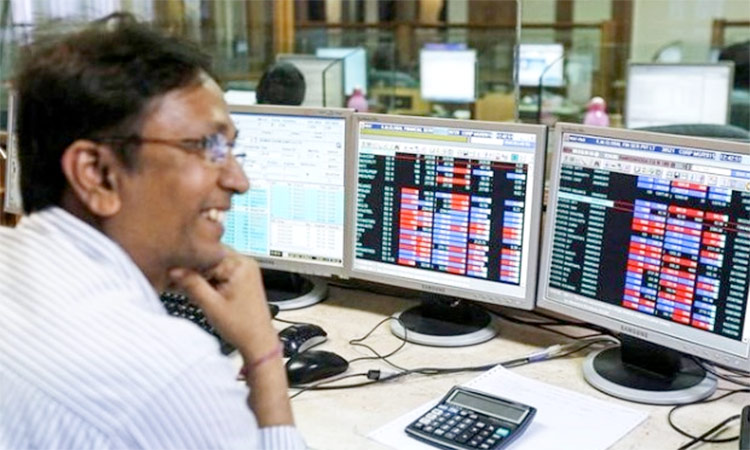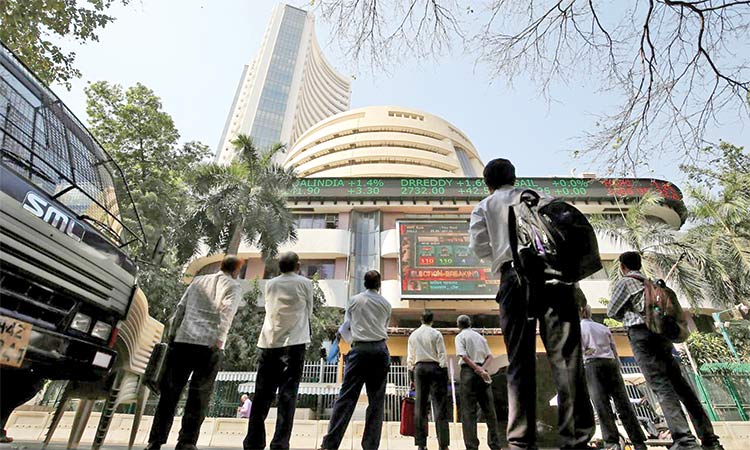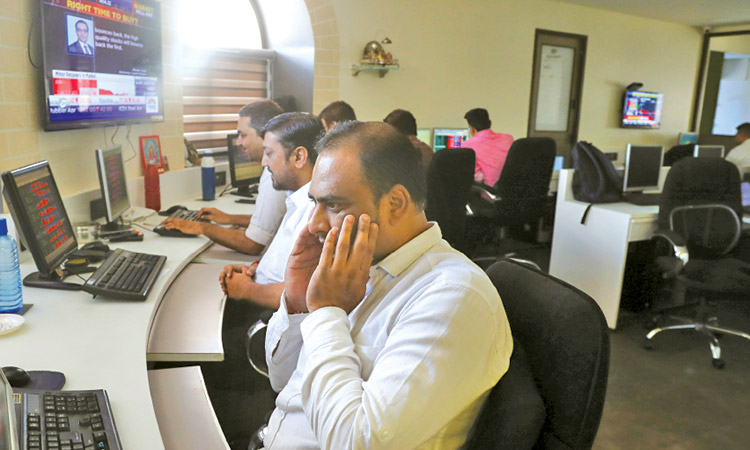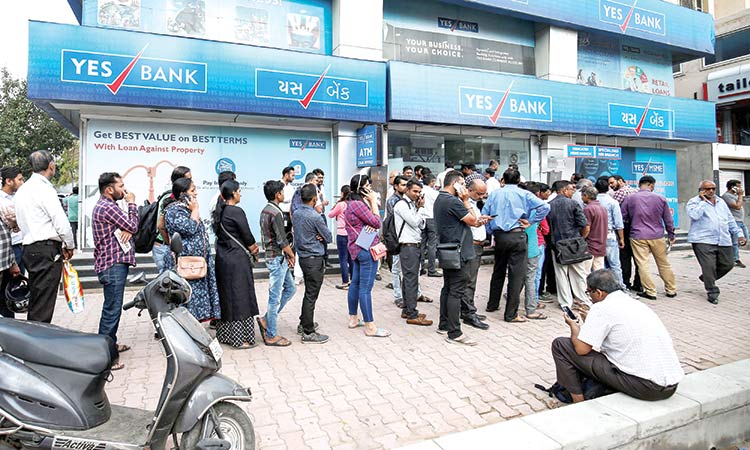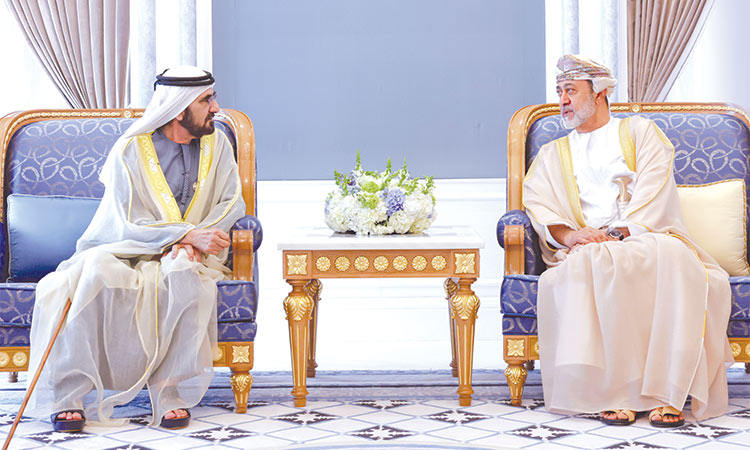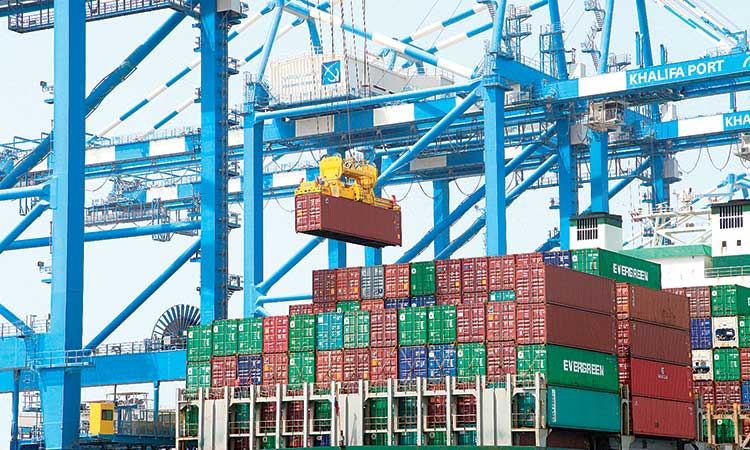Sensex ends higher ahead of 4th quarter results macro data
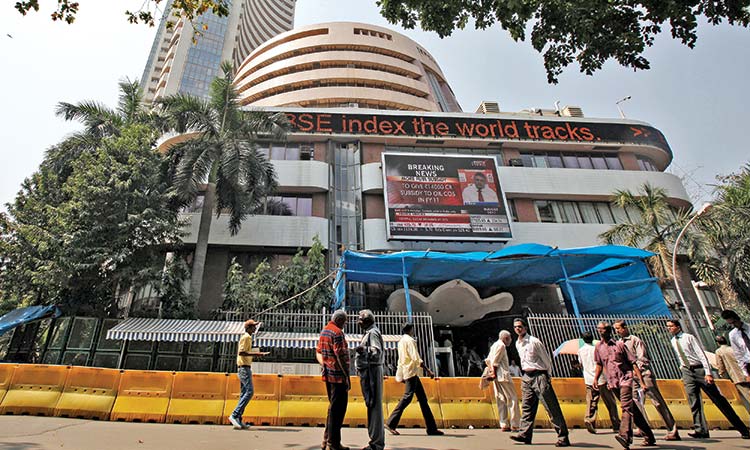
Commuters walk past the Bombay Stock Exchange building in Mumbai. Reuters
The BSE Sensex closed 160.10 points or 0.41 per cent higher at 38,767.11. The broader Nifty finished 46.75 points or 0.40 per cent higher at 11,643.45.
“Market turned positive despite a weak rupee as investors remain focused on earnings (season) which will kick-start today with IT heavyweights. Banks outperformed as today’s CPI inflation data is expected to be under RBIs targeted level and is likely to pick up in credit growth,” said Vinod Nair, Head of Research, Geojit Financial Services “Earnings season will give direction to the market while investors are also keen on the ongoing election to gain confidence.” SpiceJet stocks surged over 10 per cent after SpiceJet said it is set to induct 16 Boeing aircraft on lease in the next 10 days.
Ahead of the fourth quarter results, Infosys and TCS ended on flat note. DHFL fell 3 per cent after Brickwork’s ratings downgrade. ITC finished as the top gainer on Sensex.
Infosys, India’s second biggest software services exporter, reported a 10.4 per cent rise in its fourth-quarter profit on Friday, helped by strong growth in its key financial services segment and large deal wins during the period.
Net profit for the three months to end of March was 40.74 billion INDIAn rupees ($588.6 million), compared with 36.90 billion rupees in the year-earlier period. The result was above the average estimate of 39.56 billion rupees by 33 analysts, Refinitiv Eikon data showed.
Infosys expects its full-year revenue to rise by 7.5 to 9.5 per cent on constant currency basis, while operating margin is expected to be in a 21-23 percent range.
The company, which said it won large deals worth over $1.5 billion in the quarter, has reported an expansion in revenue for 37 straight quarters. Revenue from operations grew 19.1 per cent, while revenue from its largest segment, financial services, spiked 15.6 per cent.
India’s $180 billion IT industry as a whole is benefiting from moves by traditional businesses to transform their legacy systems to compete effectively against more nimble start-ups globally.
Digital revenue jumped 41.1 per cent to $1.04 billion, which accounted for 33.8 per cent of total revenue, Infosys said.
Rival Tata Consultancy Services reported its best ever quarterly profit for the quarter ending March on Friday, driven by strong performance from its banking, financial services and insurance segment.
On the week gone by, Sanjeev Zarbade, VP - PCG Research, Kotak Securities, said that Indian markets are steady as investors remained hopeful of a decent 4QFY19 earnings season and a favourable outcome of the general elections.
He further added that “at the same time, risks in the form of higher crude oil prices has increased”.
Meanwhile, physical gold demand in India was robust this week as retail buyers and jewellers took advantage of a dip in domestic prices to stock up for the wedding season, while gains in the domestic currency kept premiums elevated in China amid steady demand.
Indian gold futures were trading near their lowest level in three months. The domestic price includes a 10 per cent import tax and 3 per cent sales tax.
The price correction has been helping to boost retail sales for weddings, said Ashok Jain, proprietor of Mumbai-based gold wholesaler Chenaji Narsinghji.
Gold is an essential part of weddings in the country.
“Many jewellers had postponed purchases in March due to the financial year end. They are now making purchases,” said Mumbai-based bullion dealer with a gold importing bank.
Dealers in the country were charging a premium of up to $2.5 an ounce over official domestic prices, the highest in nearly five months, up from the $1.5 premium last week.
In China, the world’s biggest bullion consumer, gold was sold at a premium of $13-$15 an ounce over the benchmark, little changed from last week.
Analysts attributed the elevated premium levels to a stronger yuan, driven by signs of progress on the US-China trade front.
“Improving discourse between the United States and China on the trade front is helping local demand as consumer sentiment will improve significantly and jewellery shops should benefit,” said Stephen Innes, head of trading and market strategy at SPI Asset Management.
Washington and Beijing have largely agreed on a mechanism to police any trade agreement they reach, US Treasury Secretary Steven Mnuchin said on Wednesday.
However, sentiment amongst buyers has remained lacklustre, especially going into the second quarter, when jewellery demand is relatively soft. “In addition, the volatility of the domestic stock market has also discouraged capital getting into gold, as speculators have put their attention on the stock market,” said Samson Li, a Hong Kong-based precious metals analyst at Refinitiv GFMS.
Reuters
